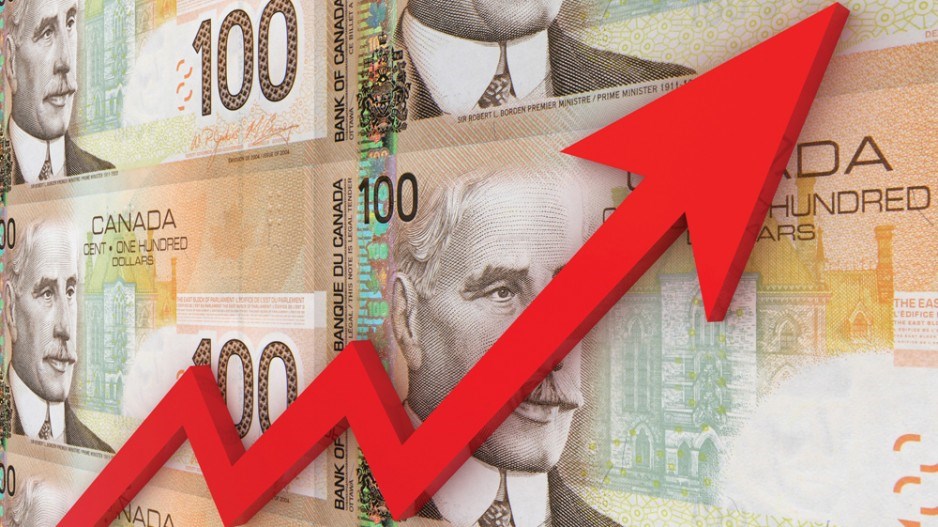Typically, when central banks raise interest rates, especially at the fastest pace in history, we would expect the economy to meaningfully slow down, yet GDP growth in both Canada and the U.S. continues to pace above two per cent. The North American economy has proved to be resilient in the face of elevated inflation and much higher interest rates. So how did this happen?
The reason stems back to the pandemic in that central banks printed historic amounts of money causing inflation to rise while governments took on a lot more debt to support the private sector. In turn, the private sector remains in a relatively strong position while government’s financial health has deteriorated with higher debt balances and increasing interest rate costs. Ironically, the government only raised interest rates to combat inflation, which was greatly created by excessive spending and money printing in the first place.
Many people ask when this increasing government debt becomes a problem. A troubling scenario would be if government debt grows so large where there aren’t enough buyers for this debt that either interest rates rise or central banks buy their own country’s debt to keep interest rates lower. It appears we are approaching the point where central banks are running out of tools to support the economy as rising interest costs are likely to impact government spending on critical items such as healthcare, education, social security, or defence. Unfortunately, this may be made more complicated with upcoming elections, increasing climate costs, and ongoing international conflicts.
In the near term, an excess in household savings has kept the economy afloat though this is now contributing to the latest wave of inflation. The three stages of inflation are as follows:
1) Inflation Boosts Profits - Large companies use inflation as a lever to increase profits (think Caterpillar, McDonalds, and Pepsi) and push until they break something.
2) Demand Destruction - Increasing prices eventually hits consumers, which then decide to buy less and CEOs reach the point where their profit margins compress as they cannot raise prices any further.
3) Inflation Pushes Economy into a Recession – Economic growth turns negative as central banks cut interest rates and a weaker dollar fuels the last wave of inflation.
We believe that we are still in stage two and are starting to see signs of inflation impacting consumers as they cut discretionary spending due to higher costs for staples such as gasoline, housing, or food. Gasoline costs have started to rise again in recent months, which is why it is imperative to hedge your portfolio against rising costs by having exposure to companies that benefit. However, with excessive government debt loads,
it is just as important to have a defensive portion where you can take advantage and buy securities at lower prices if markets falter as the economy heads into a recession. The point here is that the economy may not be as resilient as you think, and it is good to be prepared.
Bob Thompson is a Senior Portfolio Manager with Raymond James Ltd. The views of the author do not necessarily reflect those of Raymond James. This article is for information only. Raymond James Ltd. is a Member of Canadian Investment Protection fund.






